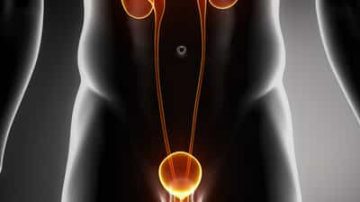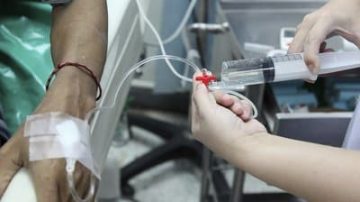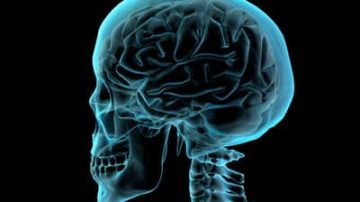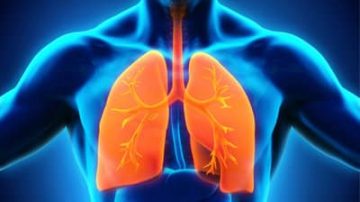Both the fractional excretion of sodium (FENa) and the fractional excretion of urea (FEUrea) have an established role as part of the work-up for determining if acute kidney injury (AKI) is due to a prerenal or intrarenal cause. Although both…
Read MoreCardiac troponin assays have gone through a tremendous evolution since they were introduced into clinical labs in 1995 until the most recent ultra-sensitive assays became prevalent in 2007. The original troponin T (TnT) and troponin I (TnI) assays had a…
Read MoreThe bactericidal activity of antibiotics depends on the class of antibiotic used. Some antibiotics like vancomycin, aminoglycosides and fluoroquinolones are dose-dependent for their bactericidal activity. Other antibiotics like beta-lactam antibiotics are time-dependent antibiotics which depend on maintaining drug concentrations above…
Read MoreAlthough pulmonary embolism (PE) occasionally presents with syncope, patients with syncope are infrequently assessed for PE. In this prospective study from Italy, researchers determined the prevalence of PE in 560 elderly adults (mean age, 76) who were hospitalized for their…
Read MoreUse of noninvasive positive pressure ventilation (NPPV) or BiPAP can temporarily support ventilation during initial treatment in some patients with respiratory failure. However, many patients fail NPPV and ultimately need intubation. Early intubation or close observation can benefit patients at…
Read MoreLumbar puncture (LP), commonly performed in infants to rule out meningitis, is often not successful in the hands of inexperienced operators. Investigators conducted a study of 128 infants younger than 6 months. They compared traditional LP to LP preceded by…
Read MoreIn Australia, investigators analyzed 573 random adults from three emergency departments (EDs). These patients were to receive ketofol (a 1:1 mixture of ketamine and propofol) or propofol prior to a painful procedure. Initially, ketofol was administered intravenously at 0.25 mg/kg…
Read MoreAfter three defibrillation attempts, recommendations state that amiodarone or lidocaine may be considered for patients with cardiac arrest and persistent shockable rhythm. A randomized, controlled trial was conducted and showed there was no significant difference between amiodarone and lidocaine and…
Read MoreAt the moment it is legal to practice euthanasia or physician-assisted suicide (PAS) in the following countries: Netherlands, Belgium, Luxembourg, Colombia, and Canada. PAS only (excludes euthanasia), is allowed in Switzerland and the following five U.S. states: Oregon, Washington, Montana,…
Read MoreInvestigators have conducted a secondary analysis in order to identify predictors of difficult or prolonged intubation with hypercurved videolaryngoscopes. The analysis was of a randomized control trial of 1100 elective surgery patients. After anesthesia and neuromuscular blockade, these patients were…
Read MoreUnited Kingdom’s National Institute for Health and Care Excellence (NICE) recommends the following as guidelines for imaging and transfusion in trauma: Key Recommendations Use CT early and liberally in adults with major trauma, even omitting plain films and the focused…
Read MoreMore Tags – Computed tomography, CT scans, HPC updates, Magnetic resonance imaging, MRI, Spine Injury
The majority of intoxicated patients with a possible cervical spine injury remain in a cervical collar or undergo magnetic resonance imaging (MRI). This approach is preferred since computed tomography (CT) exams alone are insensitive for detecting ligamentous injuries. A study…
Read MorePatients diagnosed with cirrhosis are regularly admitted and readmitted to the hospital. Statistics show that the 90-day readmission rate is approximately 50%. A recent study analyzed the rate of readmission at 30-days and 90-days and the relevant causes among patients…
Read MoreMore Articles – Hospital Procedures, medical procedures, Neurological diseases, Respiratory diseases
Abusive head trauma (AHT) is extremely difficult to diagnose due to its unreliability and insensitive physical examination findings. A clinical prediction rule to identify subtle AHT was validated through a prospective multicenter study. Included in this study were well-appearing, afebrile…
Read MoreThis systematic review shows a high rate of pulmonary embolism (PE) in patients hospitalized for chronic obstructive pulmonary disease (COPD) exacerbations. Symptoms of PE can overlap with those of acute exacerbations of chronic obstructive pulmonary disease (COPD) making the diagnosis…
Read MoreCategories
- ACLS (1)
- Arterial line (33)
- Cardiovascular diseases (77)
- Central line (55)
- Chest Tube (39)
- Dermatology (4)
- Emergency Procedures (139)
- Endocrinology (6)
- Endotracheal Intubation (36)
- Events (24)
- FAST Exam (12)
- Featured (113)
- Featured Procedure (42)
- Gastrointestinal diseases (32)
- Ginecology (3)
- Glidescope Intubation (21)
- Hematology (33)
- Hospital Procedures (85)
- Infections (32)
- Intraosseous line (8)
- King Tube (27)
- Laryngeal Mask Airway (18)
- Lumbar Puncture (36)
- Mechanical Ventilation (34)
- Medical General (95)
- medical procedures (258)
- Needle Decompression (6)
- Nephrology (11)
- Neurological diseases (12)
- Oncology (4)
- Paracentesis (32)
- Pericardiocentesis (3)
- Procedural Sedation (19)
- Respiratory diseases (85)
- RUSH Exam (8)
- Thoracentesis (37)
- Traumatology (24)
- Travel (27)
- Ultrasound-Guided Peripheral IV (13)














